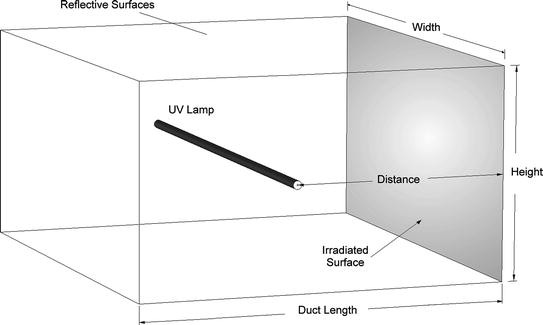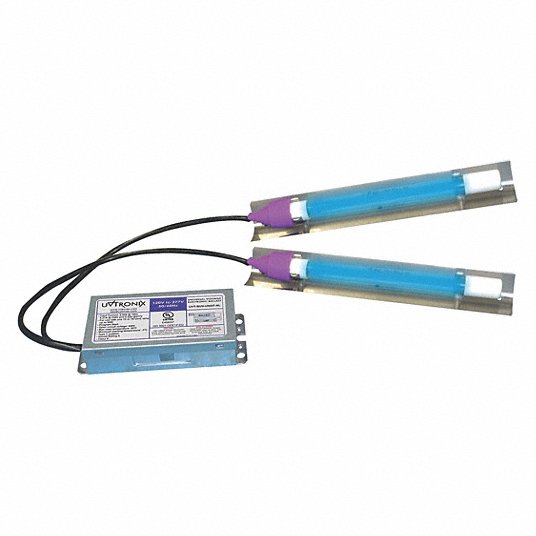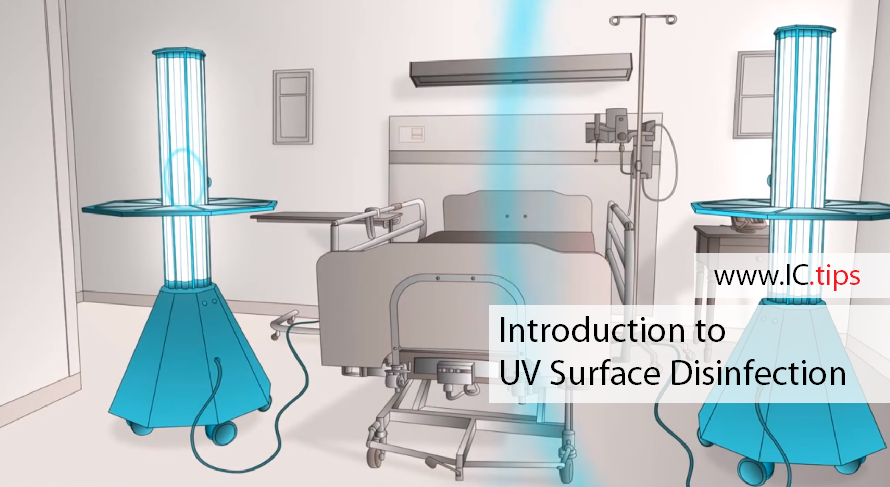UV Disinfection: The Cutting-Edge Modern Technology Changing Cleanliness Practices
In the world of cleanliness techniques, one innovation has become a game-changer: UV disinfection. With its capacity to get rid of hazardous pathogens, this cutting-edge modern technology is revolutionizing the method we come close to sanitation and hygiene. But how does UV sanitation work, and what are the advantages it provides? From healthcare setups to food processing, UV disinfection is making its mark in numerous industries. In this conversation, we will explore the details of this transformative technology and expect its appealing future.
How UV Sanitation Functions
UV disinfection functions by utilizing ultraviolet light to ruin or suspend microorganisms, providing a extremely reliable and chemical-free method of hygiene. This modern technology utilizes the power of short-wavelength UV-C light, which is qualified of harming the DNA and RNA of microorganisms, thus providing them incapable to recreate and create harm.
The process begins with the installation of UV sanitation systems, which contain UV lights that send out UV-C light. These lights are strategically placed in areas where microbial contamination is a concern, such as water treatment plants, health centers, labs, and food handling centers.
When microorganisms are revealed to UV-C light, the photons penetrate their cell wall surfaces and reach the DNA and RNA within. The high-energy UV-C photons interfere with the genetic material by developing bonds in between surrounding nucleotides, resulting in the development of thymine dimers. These dimers avoid the microbes from reproducing, making them harmless.
UV sanitation is highly efficient versus a large range of bacteria, consisting of bloodsuckers, bacteria, and infections. It is especially effective versus waterborne pathogens like E. coli, Giardia, and Cryptosporidium. In addition, UV disinfection is a chemical-free technique, removing the requirement for potentially harmful anti-bacterials and decreasing the danger of harmful disinfection by-products.
Benefits of UV Disinfection
UV sanitation supplies many advantages in the field of hygiene, making it an extremely chosen technique for effectively removing unsafe microbes. Unlike typical disinfection techniques that rely on chemicals, UV sanitation utilizes ultraviolet light to destroy the DNA of microorganisms, rendering them incapable to replicate and cause infections.

UV disinfection is likewise very functional in its applications. It can be used in numerous settings, consisting of medical facilities, schools, food processing facilities, and water therapy plants. UV disinfection systems can be conveniently integrated right into existing cleanliness practices, offering an extra layer of security versus infectious conditions.
Along with its efficiency and versatility, UV sanitation is additionally eco-friendly. It does not create any hazardous by-products or residues, making it a sustainable and secure approach for cleanliness - uv surface disinfection. Additionally, UV sanitation needs minimal maintenance and has a lengthy lifespan, resulting in expense savings in the future.
UV Sanitation in Medical Care Settings
In health care settings, UV disinfection has actually arised as an innovative method for successfully eliminating damaging microorganisms. UV disinfection works by sending out ultraviolet light at a specific wavelength that is deadly to germs, infections, and other bacteria.
First of all, UV sanitation is a non-chemical method, making it an eco pleasant option compared to conventional disinfection methods that usually involve the look here use of harsh chemicals. Using UV light gets rid of the need for chemical anti-bacterials, decreasing the risk of damaging deposit or chemical direct exposure to both individuals and healthcare employees.
Additionally, UV sanitation is extremely efficient in killing a large range of bacteria, including drug-resistant microorganisms such as MRSA and C. difficile. It gives sites a constant and trustworthy sanitation process, guaranteeing that all surface areas and equipment are thoroughly disinfected, even in hard-to-reach locations.

UV Sanitation in Food Handling
The application of UV disinfection expands past health care setups and discovers considerable value in the realm of food processing. uv surface disinfection. UV disinfection modern technology is ending up being progressively prominent in the food market because of its capacity to successfully eliminate dangerous pathogens and enhance food safety and security
Among the main benefits of UV disinfection in food handling is its ability to target a vast array of microorganisms, consisting of microorganisms, infections, and molds. By utilizing UV light at details wavelengths, it is feasible to interrupt the DNA and RNA of these microorganisms, rendering them unable to reproduce or create damage. browse around here This modern technology can be put on different stages of the food processing chain, including surface sanitation, tools sterilization, and water treatment.
UV sanitation gives a non-thermal and chemical-free approach of disinfecting foodstuff. Unlike typical disinfection techniques that depend on chemicals or warm, UV modern technology does not leave any deposit or alter the taste, structure, or nutritional value of the food. This makes it a suitable remedy for markets that call for strict adherence to quality standards.
Furthermore, UV sanitation systems are very easy to run and install, needing minimal upkeep. They can be incorporated into existing processing lines without triggering considerable disruptions to the production procedure. Additionally, UV systems have a fast treatment time, permitting for continuous handling and lowering downtime.
The Future of UV Disinfection

One area where UV sanitation is anticipated to make considerable developments is in the area of healthcare. With the rise of antibiotic-resistant germs and the requirement for much more efficient sanitation approaches, UV light has the prospective to play an essential role in minimizing healthcare-associated infections. UV disinfection systems can be used to decontaminate surfaces, devices, and even the air in health care centers, aiding to avoid the spread of hazardous pathogens and improve patient security.
An additional industry that can gain from advancements in UV sanitation technology is the food market. UV light has currently confirmed to be an efficient method for decontaminating foodstuff and reducing the risk of foodborne illnesses. As modern technology boosts, we can anticipate to see much more efficient and cost-effective UV disinfection systems being executed in food handling plants, making certain that the food we eat is risk-free and devoid of hazardous bacteria.
Conclusion
Finally, UV sanitation is an innovative technology that is changing cleanliness practices in medical care setups and food processing. By utilizing UV light to eliminate or deactivate microbes, it provides countless advantages such as security, efficiency, and effectiveness. With continuous developments in this area, UV sanitation holds wonderful potential for the future of cleanliness, offering a sustainable and reputable service for maintaining clean and sanitary settings.
UV disinfection is a chemical-free technique, removing the demand for potentially dangerous anti-bacterials and reducing the danger of unsafe disinfection by-products.
Unlike standard sanitation approaches that count on chemicals, UV disinfection uses ultraviolet light to ruin the DNA of bacteria, making them incapable to duplicate and cause infections. Unlike traditional disinfection techniques that depend on chemicals or warm, UV innovation does not leave any kind of deposit or change the taste, structure, or nutritional value of the food. As innovation enhances, we can expect to see a lot more cost-effective and efficient UV disinfection systems being implemented in food processing plants, guaranteeing that the food we take in is secure and cost-free from harmful bacteria.
In conclusion, UV sanitation is an advanced innovation that is transforming sanitation practices in healthcare setups and food handling.
Comments on “UV Surface Disinfection Solutions: Enhancing Safety And Security and Hygiene in Any Environment”